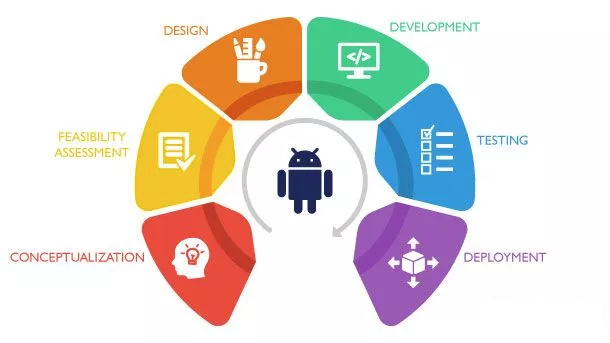MobileFirst, MobileLast, or MobileOnly: Navigating the Mobile Landscape in 2023

A decade ago, in 2013, IBM's mobile app development platform was renamed from Worklight to IBM MobileFirst to leverage the growing trend of mobile device adoption and the increasing reliance on mobile technology to create better customer experiences and improve business processes. The MobileFirst axiom spread like wildfire through the IT landscape as the fascination with the potential of mobile apps grew exponentially. The thrust behind the MobileFirst axiom centered around the notion that any IT initiative should begin with implementing a mobile strategy first, hence the concept of MobileFirst. It prioritized mobile devices and experiences within an organization's IT strategy. The excitement about the MobileFirst strategy waned as companies realized that mobile dividends did not live up to the billed expectations. To be sure, the mobility revolution continued on its track, but the ability to leverage this sea change fell short of its potential. Mobile initiatives failed to ...

